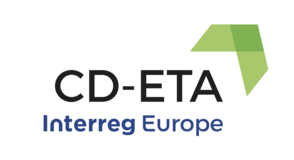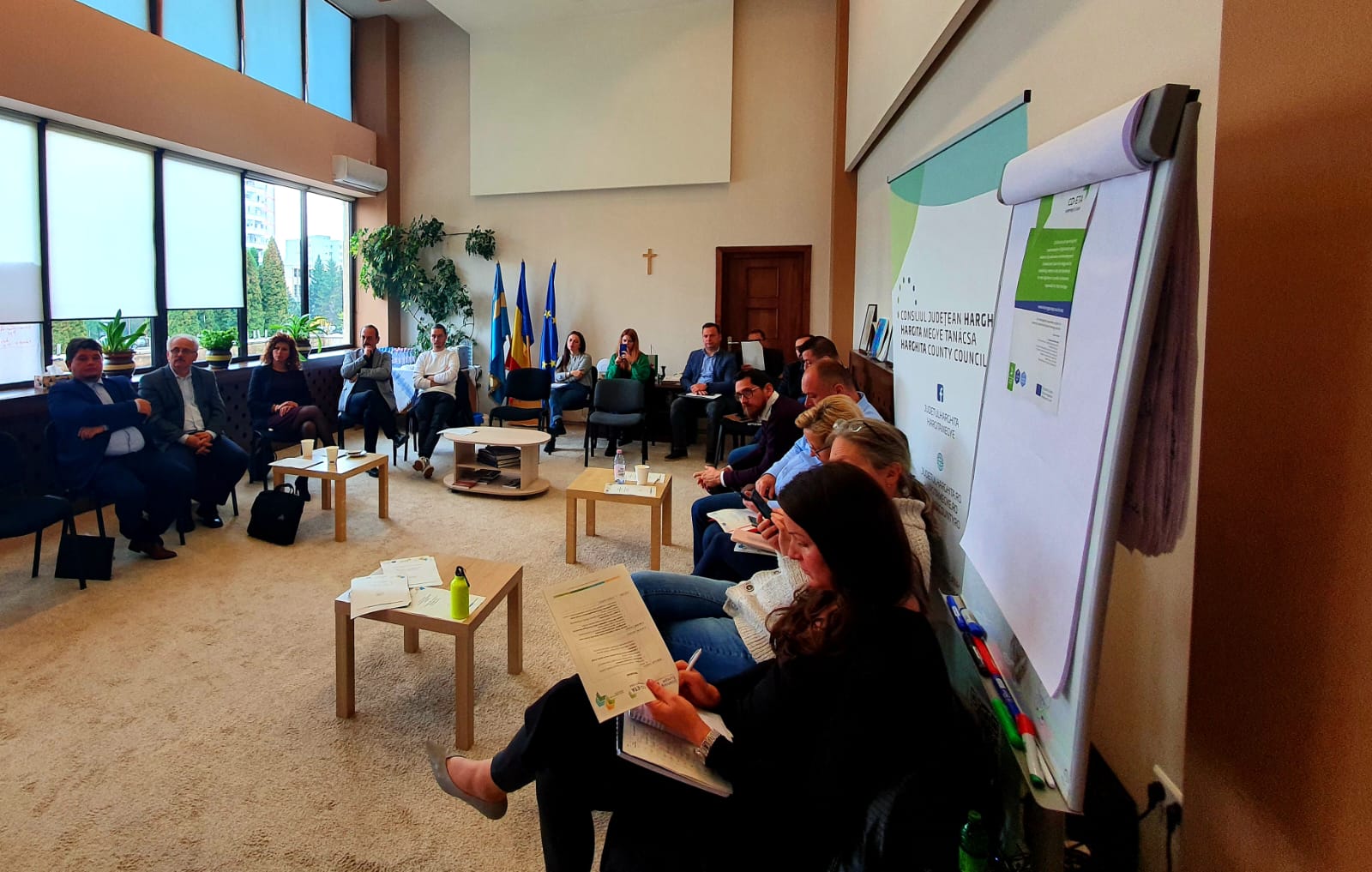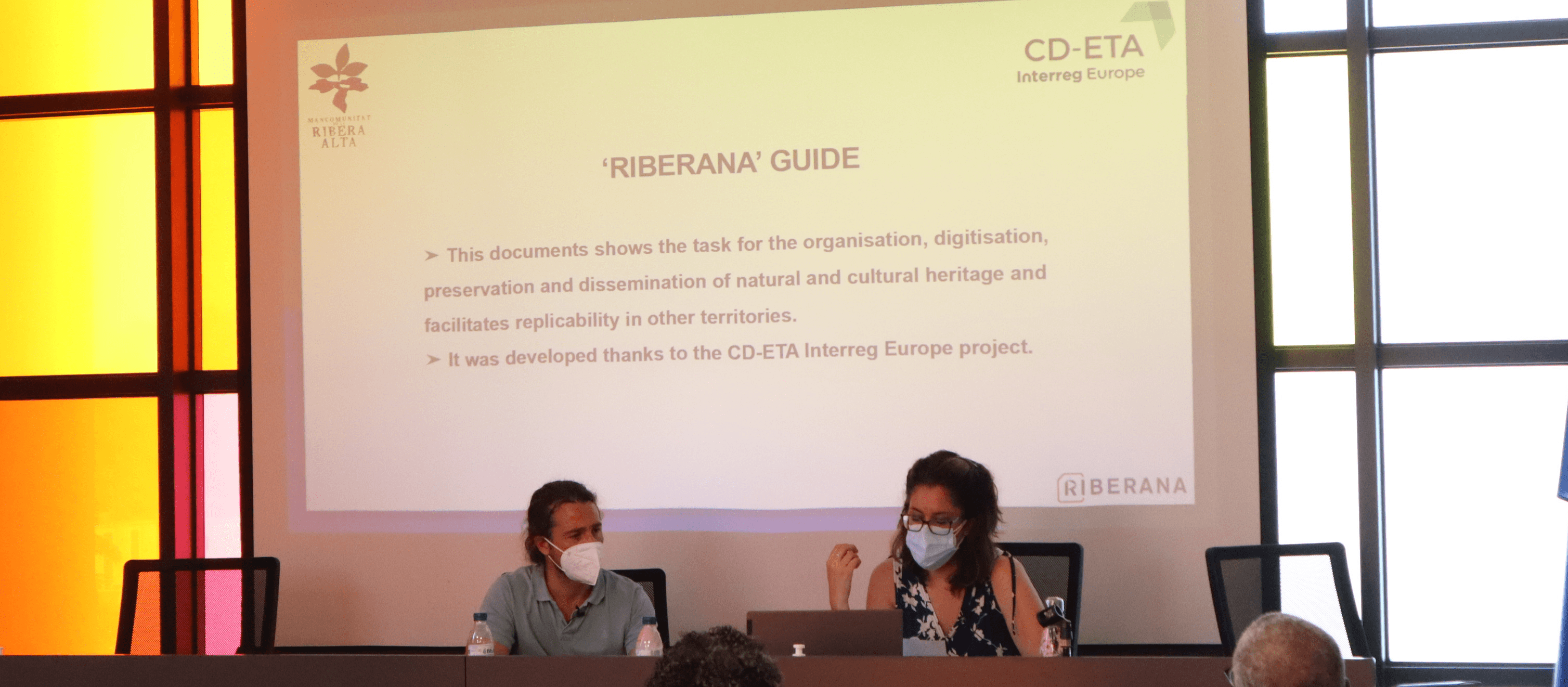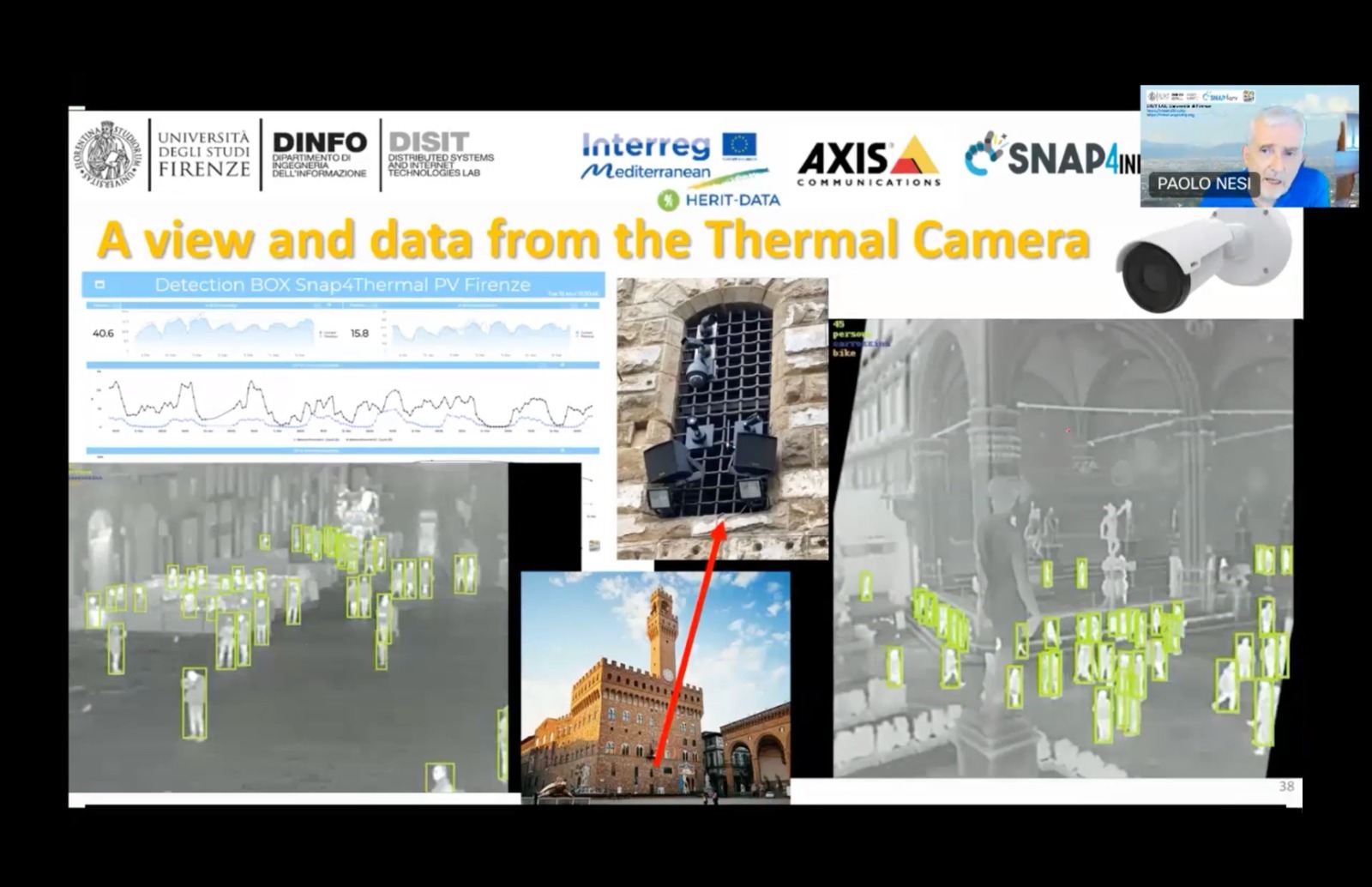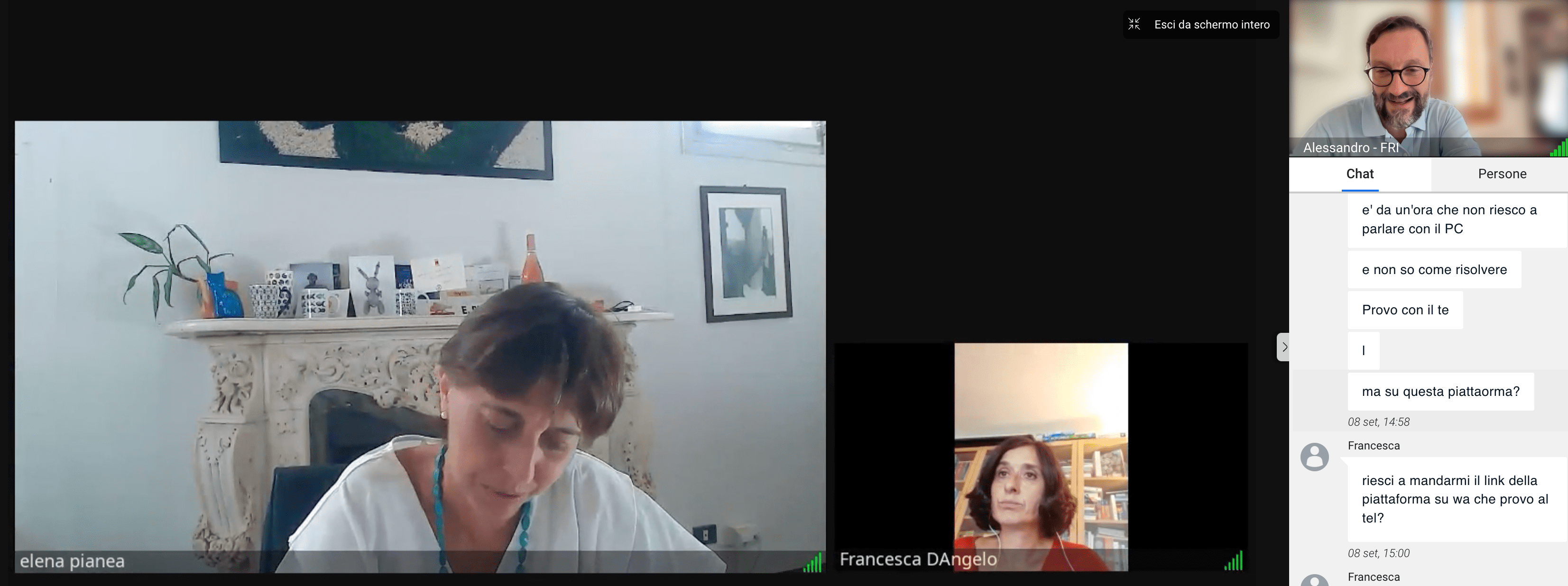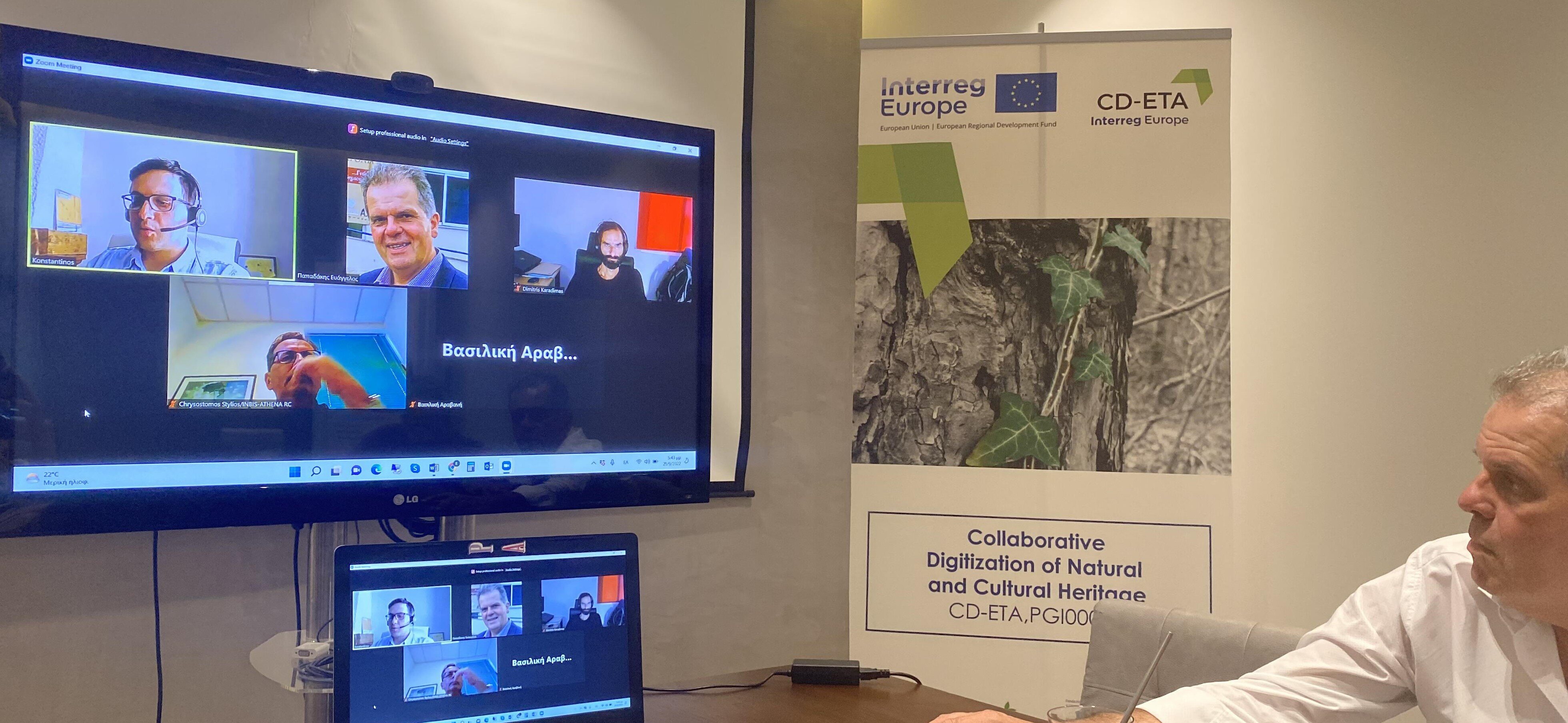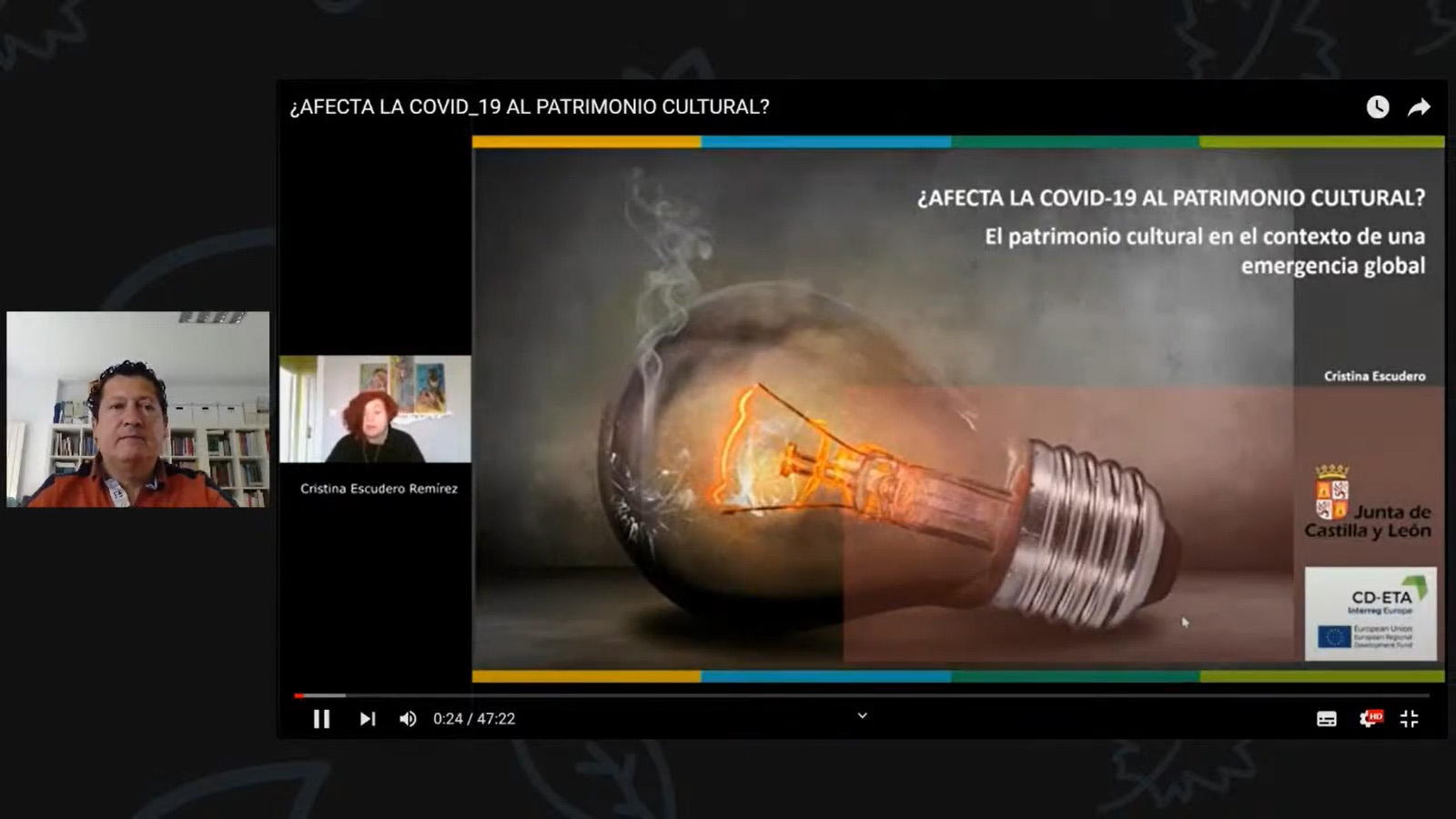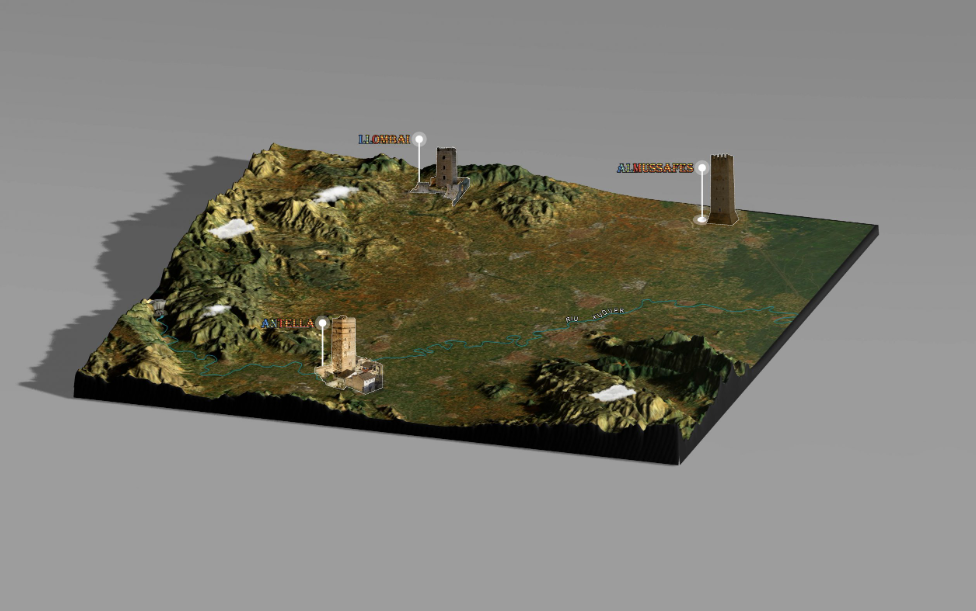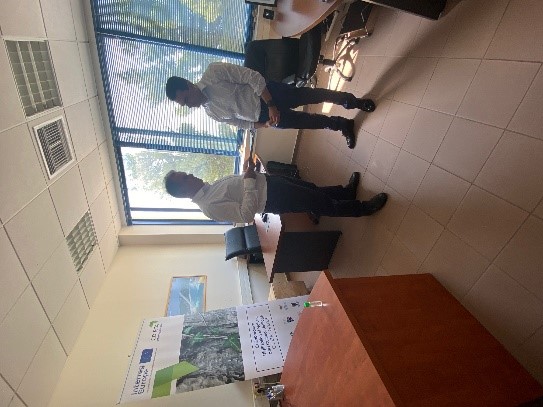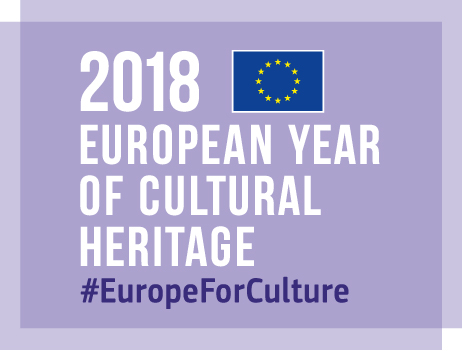After the participation of MANRA in the project Interreg Europe CD-ETA, the Mancomunitat de la Ribera Alta has consolidated a new service, a department for the heritage digitalisation, that is increasing its database and number of cultural heritage objects digitised day by day. Some professionals have been trained in the digitalisation process, there are also several members in the organisation involved in the project, and the experience has been transferred to other administrations, such as the vice-minister of innovation and digital transformation in the Valencian region.
MANRA has understood the importance of digitising the cultural and natural heritage in our region to give public access to digital objects, spreading the heritage and contributing to preserve it.
Learning process
The Interreg CD-ETA meetings and inspirational good experiences exposed by the partners had a great influence in involving MANRA managers and our stakeholders in the challenging digitalisation process. In October 2018, the plenary session of the MANRA (that joints 35 municipalities), approved the creation of the department of “digitalisation of cultural and natural heritage” in the Ribera Alta. With the official approval, the future sustainability of this project was guaranteed. An exclusive and permanent department has been created with specific regulation and its own annual budget. Some professionals were recruited to start with the digitalisation. It was also necessary an important investment in hardware, software, and extra training in digitalisation expertise.
Some pilot cases were developed and executed as the first digitalisation experiences, giving as a result new digital objects and some experience and methodology. A new space was created to promote online access to the content: the website “riberana.es/en”
Website: RIBERANA
This portal was created as a digital repository to give access to all the digital content created by the Mancomunitat de la Ribera Alta. It includes several digitised objects, classified according to a content typology (natural, architectural, bibliographic, intangible heritage and museums), group with cards linked to all the relative elements (virtual tours, videos, panorama, maps, documents…) The objects showed in the website were saved in an online repository with preservation purposes. It was defined the best format and quality, and the protocol for metadata indexation and backups.
Guideline of digitalisation department
MANRA has documented the digitalisation process since the creation of the department, in a guide for the creation of a department of heritage digitalisation. It has become an efficient tool to transfer the service to other “mancomunidades” (commonwealth municipalities) town councils and regions. The guide will be printed in english and spanish, and shared with our main digitalisation stakeholders, in order to transfer our experience and knowledge developed thanks to the CD-ETA project.
Influence in other administrations
MANRA has offered our experience and knowledge to other administrations to influence the regional government policies, trying to help other agents in our region to start their digitalisation experience and help in the heritage conservation and public access. The Regional Ministry of Culture and Heritage considered “Riberana” as a source of inspiration in the field of Heritage preservation, as written in a statement letter by the Directorate of Heritage, Carmen Amoraga. Riberana is a source of inspiration for the heritage preservation grants for local entities in the region.
Another endorsement came from the Regional Vice-Ministry of Innovation and Universities, Jordi Juan. Digital transformation is a challenge, and it demands a great economic and organisational effort. In this way, Riberana was considered of great help thanks to its successful experience in cultural and natural heritage digitalisation and dissemination. An opportunity to replicate this experience could come from the grants to digitalisation in municipalities.
Riberana and COVID-19
Specially during the lock-down due to the COVID-9 emergency (April and May 2020) the heritage digitalisation offered a space for a lot of people interested in visiting museums, natural routes, etc and the interest in local heritage was arisen. As an example, the number of visitors in the Museum de la Festa multiplied by 3 during this period. The museum was physically closed those days, the cultural managers were surprised by the success of the virtual versions of their museums. This experience was published in the Interreg Good Experience Database related to COVID-19. https://www.interregeurope.eu/policylearning/good-practices/item/3905/riberana-online-experiences-to-visit-natural-routes-and-museums/
Not only new technologies are a trend topic and can attract new targets, it also offers a lot of hypertextual and multimedia information to expand the information given to the visitor to increase their experience.
